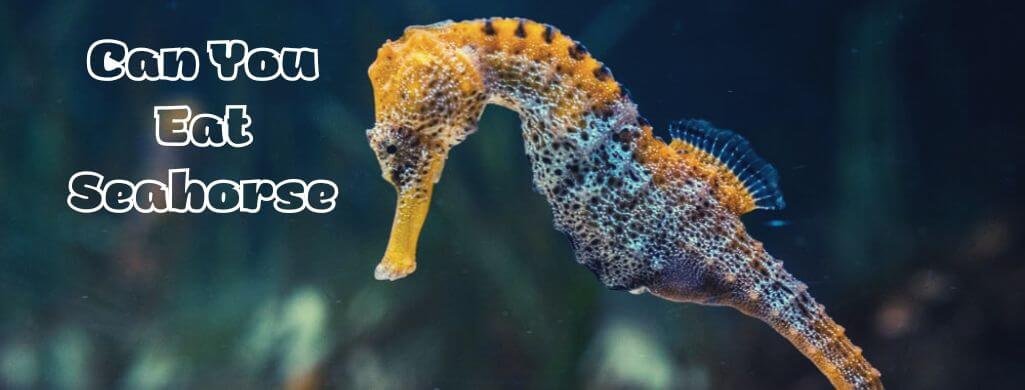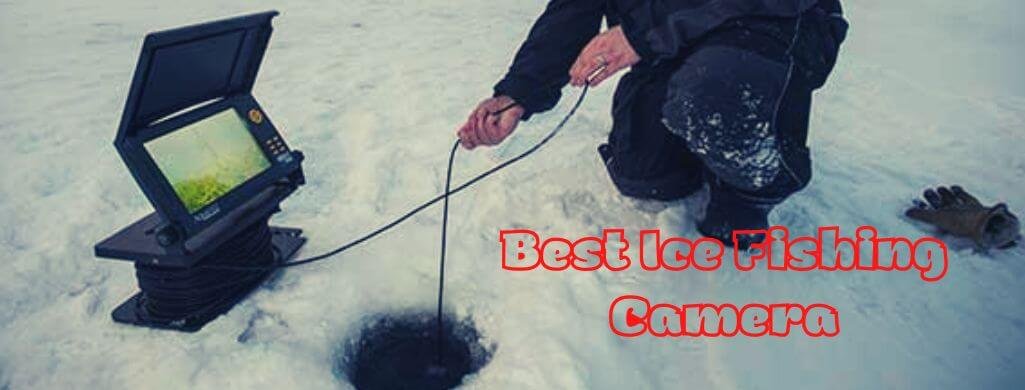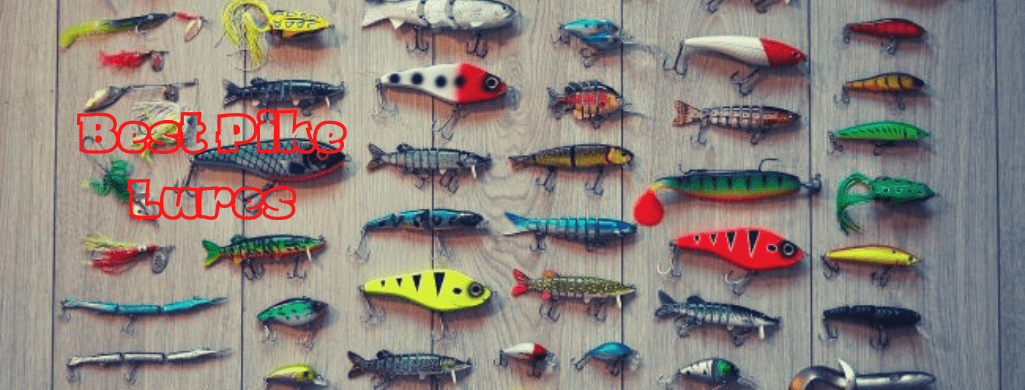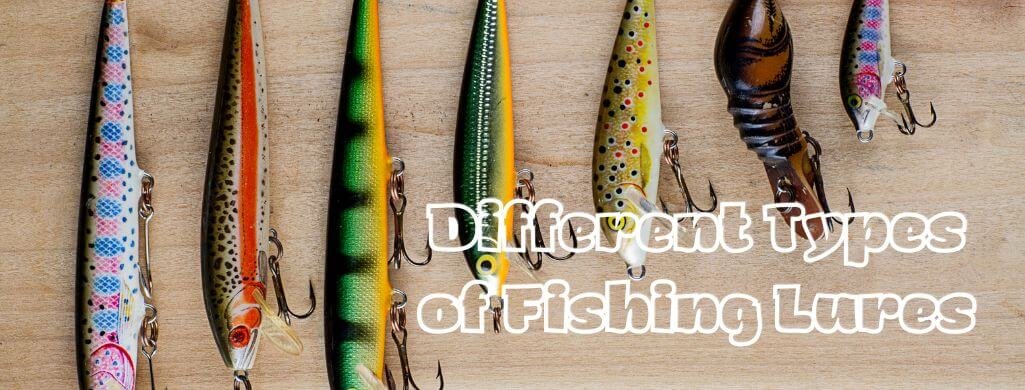
There are many types of fishing lures on the market, and it can be difficult to know which one to use and when.
Some are better for certain types of fish or in specific situations, while others can be used more generally.
In this blog post, we will discuss 10 different types of lures and how to use them.
We’ll also provide some tips on when to use each type of lure. Whether you’re a beginner or an experienced fisherman, this information will help you catch more fish!
Table of Contents
What is a Fishing Lure?
A fishing lure is a type of bait that is used to attract fish. Lures are usually made of plastic, metal, or wood, and they come in a variety of shapes and sizes.
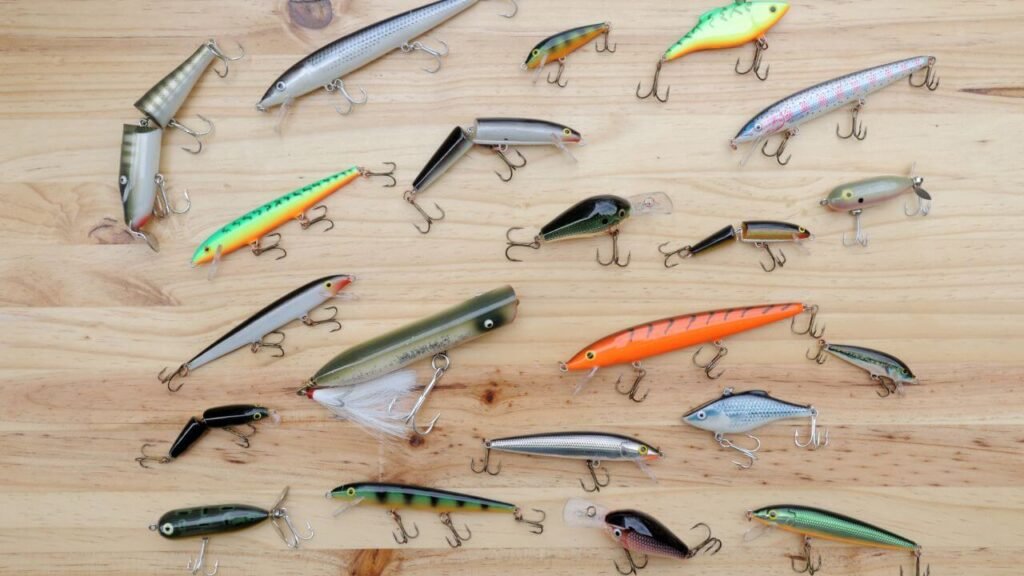
Lures are designed to imitate the appearance and/or movement of real bait fish, in order to encourage fish to strike at the lure. fishing lures come in a wide variety of shapes and sizes and can be used for both fresh- and salt-water fishing. Some common types of fishing lures include minnows, jigs, spoons, and spinners.
Some lures are designed to look like real fish, while others imitate the movement of prey. Lures are often brightly colored or have shiny metallic finishes, which can help attract fish.
Fishing lures are usually attached to a fishing line and are cast into the water. When a fish bites the lure, the fisherman can then reel in the line and catch the fish.
While fishing lures are often used to catch sport fish such as bass or trout, they can also be used to catch food fish such as salmon or catfish.
In addition to being an effective fishing tool, fishing lures can also be collectible items. Many anglers enjoy trying to complete their collection of fishing lures, and some even display their lures in showcases. Whether you are using them for fishing or collecting, fishing lures can be a fun and rewarding hobby.
How do Fishing Lures Work
First, let’s start with what they’re not. They’re not actual fish. They don’t have scales or gills or eyes. They don’t flap their tails to swim through the water. So how, then, do fishing lures work?
Fishing lures work by mimicking the appearance and/or behavior of real fish. They come in all shapes and sizes, but they all have one goal: to trick fish into thinking they’re something they’re not.
Some lures are designed to look like small fish, while others are made to resemble insects or other creatures that fish like to eat. fishing lures also come in a variety of colors, and each color can be used to attract different kinds of fish.
So how do fishing lures actually work? It all has to do with the psychology of fish. When a fish sees a lure that looks like food, it’s going to want to eat it.
And when a fish sees a lure that looks like a predator, it’s going to want to get away from it. By understanding what kind of prey fish are looking for, anglers can use fishing lures to their advantage.
What is fishing bait?
Fishing bait is any substance used to attract and catch fish, either on the water’s surface or below it.
Common types of fishing bait include live bait, such as worms and minnows; artificial lures, such as spinners and spoons; and scented baits.
While bait fishing is the most popular method for recreational fishing, it’s also possible to catch fish using only lures.
In general, fish are attracted to bait because it smells or tastes like food. The type of bait used will depend on the species of fish being targeted, as well as the fishing environment and the time of year.
For example, during the spawning season, many fish are drawn to bright colors and flashy lures that imitate the appearance of eggs or other potential mates.
Lures vs Bait: What’s the Difference?
The main difference between lures and bait is that bait is designed to attract fish by imitating food, while lures are designed to attract fish by imitating predators or other types of prey.
Bait is usually made of natural materials, such as live baitfish, worms, or insects. Lures are typically made of synthetic materials, such as plastic or metal.
Another difference between lures and bait is that bait is meant to be eaten by fish, while lures are meant to entice fish to bite so that they can be reeled in and caught.
Lures are often more expensive than bait, but they can be reused multiple times. Bait, on the other hand, is usually cheaper but needs to be replaced more often.
Lures are artificial lure fishing lures designed to attract fish by imitating certain prey. They are often brightly colored and have a specific shape or action. Bait, on the other hand, is any natural substance that is used to attract and catch fish.
This can include live bait, such as minnows or earthworms, or dead bait, such as chopped-up fish or insects.
So, which is better: lures or bait? The answer depends on the type of fishing you’re doing and the type of fish you’re trying to catch. In general, lures are best for active fishing, while the bait is better for passive fishing.
Active fishing involves trying to entice fish to bite by moving the lure in a particular way. This can be done by casting and reeling, jigging, trolling, or using other types of motion.
Passive fishing, on the other hand, simply involves waiting for fish to bite the bait.
So, if you’re fishing in an area where there are a lot of fish, bait may be the way to go. But if you’re targeting a specific kind of fish, lures may be more effective.
Types of Fishing Lures
Now that you know a little bit more about how fishing lures work, let’s take a look at some of the most popular types.
Plugs
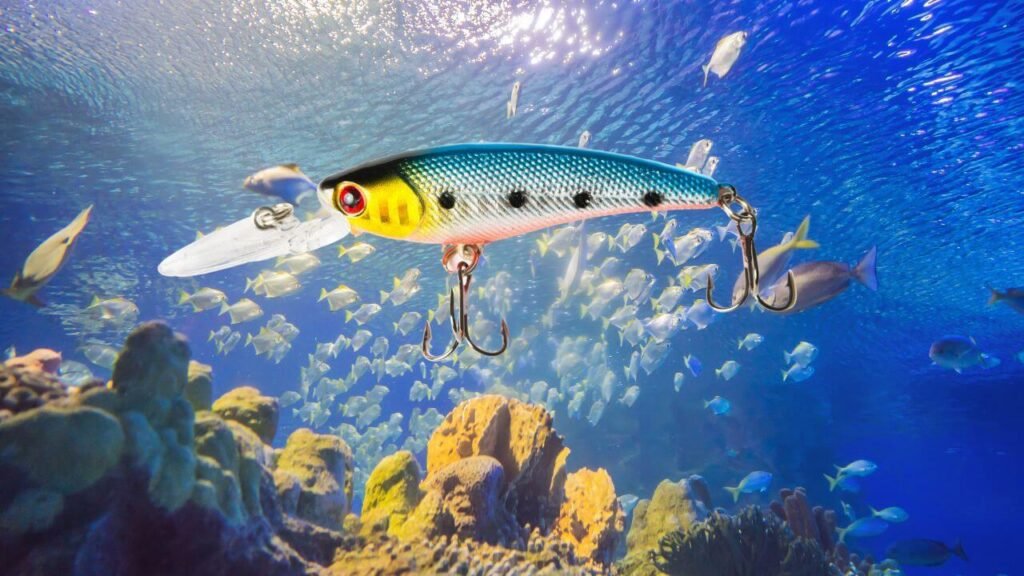
Plugs are a type of fishing lure that is designed to resemble a baitfish. They are typically made of plastic or wood, and they have a metal lip that helps them swim through the water.
Plugs come in a variety of sizes and colors, and they can be used to catch a variety of fish. Many anglers believe that plugs are more effective than live bait because they can be cast further and retrieved faster.
Plugs are also less likely to be eaten by smaller fish, making them an ideal choice for targeting larger fish.
Plugs are also easy to use, and they offer a high degree of control when it comes to presentation. Whether you’re fishing for largemouth bass or trout, there’s a plug out there that can help you catch more fish.
Jigs
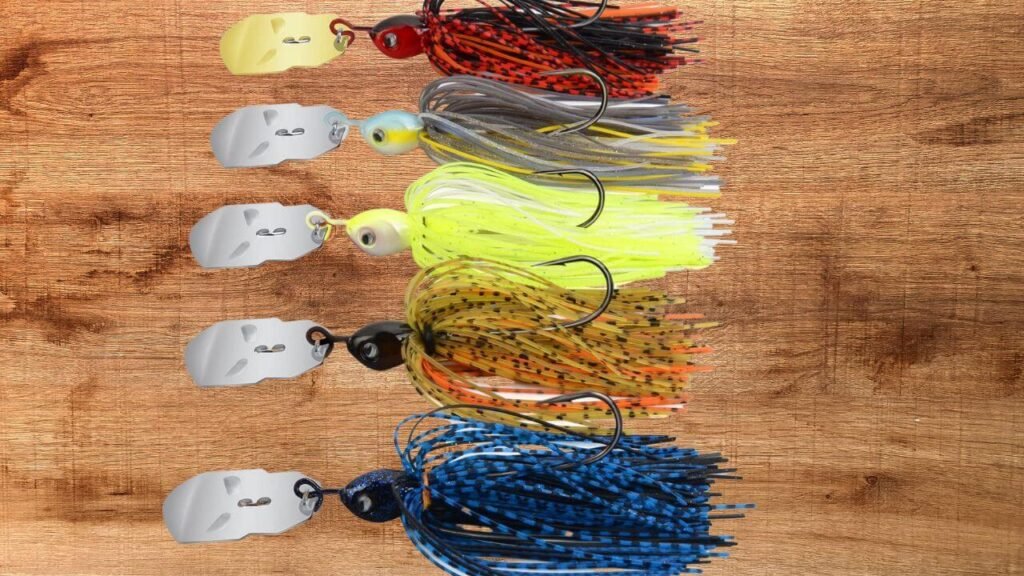
Jigs are one of the most versatile fishing lures out there. Whether you’re fishing for bass, crappie, or panfish, jigs can help you catch fish.
Jigs come in a variety of sizes and colors and can be fished with a variety of techniques. If you’re looking to add a new lure to your fishing tackle box, consider a jig. You just might be surprised at how many fish you catch!
A jig is typically dressed with a minnow or leech-type bait, but can also be bare. Jigs are very common in fishing, especially ice fishing, but are also used for other purposes such as hunting.
For example, deer hunters often use jigs to attract deer to their position. Jigs can be made of many different materials, including wood, plastic, metal, or even cloth.
The most important factor in a jig’s design is its weight, which determines how deep it will sink and how fast it will fall. Jigs are often used in conjunction with other types of fishing lures, such as spoons or spinners.
Spinners

Spinners are a type of fishing lure that has a spinning blade. The blade rotates around the body of the lure, creating a flashing or shimmering effect that is meant to attract fish.
Spinners come in a variety of sizes, colors, and styles, and can be used for both fresh and saltwater fishing. They can be fished with a variety of techniques, including casting, jigging, and trolling.
When fishing with a spinner, it is important to select the right size and color for the fish you are targeting. Spinners can be an effective way to catch fish and are a favorite among many anglers.
Spoons
Spoons are one of the most versatile fishing lures. They can be used to target a wide variety of fish, from small panfish to large bass.
And because they come in a variety of sizes, shapes, and colors, there’s a spoon for every fishing situation.
Best of all, spoons are relatively inexpensive and easy to use. So whether you’re just starting out or you’re a seasoned pro, make sure to keep a few spoons in your tackle box.
Crankbaits
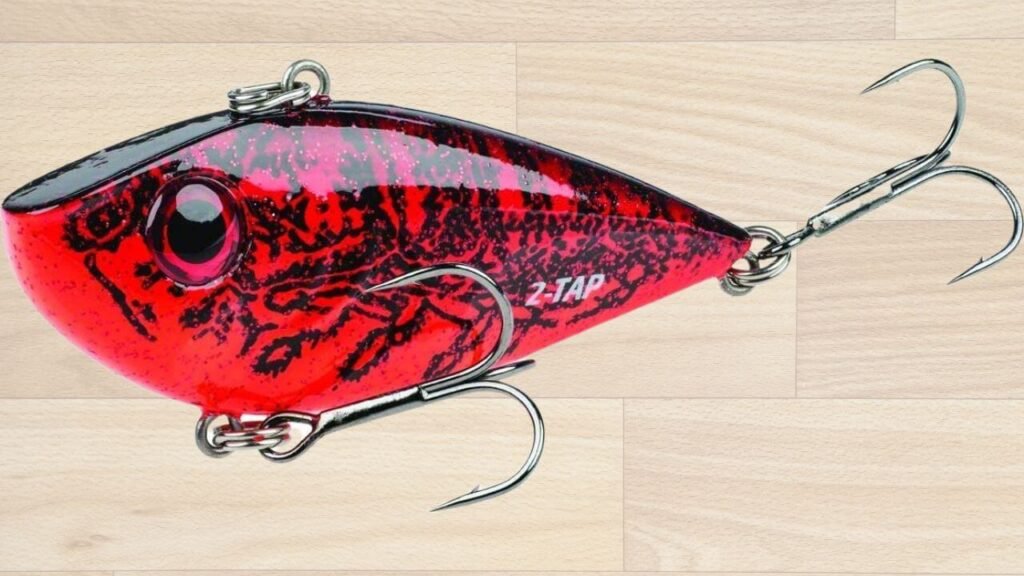
If you’re fishing for bass, one of the best lures you can use is a crankbait. Crankbaits are fishing lures that are designed to mimic the movement of baitfish.
They are usually made of plastic or wood, and they have a set of fins that help them swim in a lifelike manner.
Crankbaits come in a variety of sizes, colors, and shapes, so you can choose the perfect lure to match the fish you’re trying to catch. When fishing with a crankbait, it’s important to cast it out and then reel it in at a steady pace. This will cause the lure to swim in a zig-zag pattern, making it look like a real baitfish.
Crankbaits are an essential part of any fishing tackle box, and they can be used in both fresh and salt water. So if you’re looking to add a new lure to your collection, make sure you give crankbaits a try.
Swimbaits
Swimbaits are one of the most popular types of fishing lures and for good reason. These lures imitate the look and movement of fish, making them irresistible to hungry bass.
Swimbaits are fishing lures that are designed to resemble fish, and they’re one of the most popular types of lures among anglers.
There are two main types of swimbaits: hard baits and soft baits. Hard baits are made from plastic or metal, and they usually have a fixed fishing line.
Soft baits, on the other hand, are made from flexible materials like rubber or silicone. These baits can be rigged in a variety of ways, making them incredibly versatile.
Buzz Baits
Most fishing lures are designed to attract fish by simulating some type of prey. But the buzz bait is a little different.
This lure gets its name from the sound it makes as it moves through the water, which is meant to mimic the sound of an injured or struggling insect.
Buzz baits typically have a metal blade on the front that rotates as the lure is pulled, creating a distinctive buzzing sound. This sound is meant to mimic the noise made by insects or other small creatures that are often eaten by fish.
In addition to the sound, buzz baits also create a small wake as they move, another way to attract fish.
Of course, there’s more to a successful fishing trip than just using the right lure. But if you’re looking to up your chances of reeling in a big one, a buzz bait just might be worth a try.
Soft plastics
Most of us have probably used soft plastics at some point in our lives, whether we realize it or not. These versatile materials are found in everything from fishing lures to children’s toys. And while they may be convenient and fun to use, they can also pose a serious threat to the environment.
When soft plastics are discarded, they often end up in waterways, where they can be mistaken for food by aquatic animals. This can lead to digestive blockages and even death. In addition, soft plastics can break down into small pieces that are easily ingested by fish and other marine life. This can contaminate the food chain and ultimately end up on our plates.
Fortunately, there are ways to reduce the impact of soft plastics on the environment. One simple solution is to recycle them instead of throwing them away. Many municipalities now have programs in place to collect and recycle these materials. Alternatively, you can avoid using soft plastics altogether and opt for more sustainable options. Either way, it’s important to be aware of the impact our choices can have on the planet.
Flies
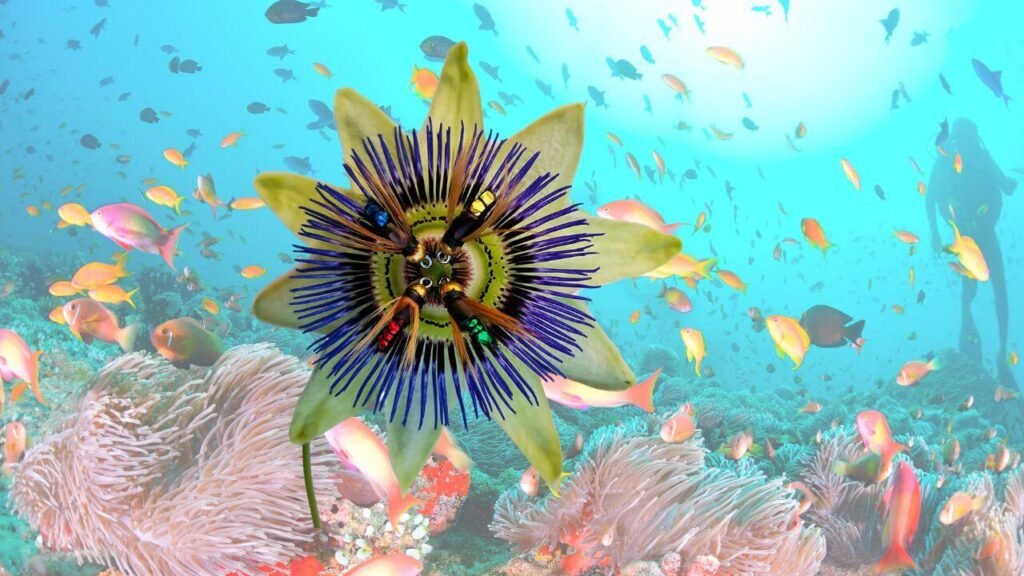
Flies are a type of lure that is designed to imitate insects. These lures are typically used to catch trout, bass, and other types of freshwater fish.
There are two main types of flies: dry flies and wet flies. Dry flies float on the surface of the water and are meant to imitate insects that have just landed.
Wet flies, on the other hand, sink below the surface and are meant to imitate insects that are swimming or crawling.
Flies can be made from a variety of materials, including feathers, fur, and yarn. They are usually attached to a hook with a piece of thread or wire.
Poppers
Poppers are a type of lure that is designed to imitate the movement of fish. These lures are typically used to catch bass, pike, and other types of freshwater fish.
Poppers are usually made from wood or plastic. They have a concave face and a protruding lip that helps them create a popping sound as they move through the water. This sound is meant to mimic the sound of a fish feeding on its prey.
Poppers can be fished in a variety of ways, but they are typically cast out and retrieved using a steady, jerking motion. This action makes the lure pop up and down, imitating the movement of a fish.
How To Choose The Right Fishing Lure
There are a few things you’ll need to take into consideration, including the type of fish you’re hoping to catch, the water conditions, and your personal preferences.
If you’re just getting started, it might be a good idea to purchase a variety of different types of lures and experiment until you find what works best for you.
Once you’ve narrowed it down, you can start to build up your collection of lures so that you have something for every situation.
What species are you trying to catch and when?
One of the most important things to consider when choosing a fishing lure is the type of fish you’re hoping to catch. Different types of fish are attracted to different types of lures.
For example, bass are typically attracted to lures that imitate their natural prey, such as minnows or frogs. On the other hand, trout are more likely to bite lures that imitate insects.
It’s also important to consider the time of year when you’re choosing a fishing lure. Different types of fish are active at different times of the year, so you’ll need to use a lure that is appropriate for the season.
For example, many types of fish are more active in the springtime, so you might want to use a brighter lure during this time of year. In the fall, on the other hand, you might want to use a darker lure to imitate a baitfish.
What are the water conditions?
The Conditions and Venue
If you’re fishing in murky water, you might want to use a brighter lure so that the fish can see it. If you’re fishing in clear water, on the other hand, you might want to use a more natural-looking lure so as not to scare the fish away.
It’s also important to consider the type of water you’ll be fishing in. If you’re fishing in a lake, for example, you’ll want to use a different type of lure than you would if you were fishing in a river.
Summer, Fall, Winter, or Spring
Finally, it’s important to take the time of year into consideration. Different types of fish are more active at different times of the year, so you’ll need to use a lure that is appropriate for the season.
Many types of fish are more active in the springtime, so you might want to use a brighter lure during this time of year. In the fall, on the other hand, you might want to use a darker lure to imitate a baitfish.
Color vs Conditions
The color of your lure is also important to consider. Different colors are more visible in different types of water.
Bright colors are more visible in murky water, while natural colors are more visible in clear water. You’ll also want to take the time of year into consideration when choosing a color. Bright colors are typically used in the spring and summer, while dark colors are used in the fall and winter.
How You Like to Fish
It’s important to choose a lure that matches your personal fishing style. If you’re a more aggressive fisherman. You might want to use a louder or brighter lure to attract the fish.
If you’re a more patient fisherman, on the other hand, you might want to use a more subtle lure so as not to scare the fish away.
Remember, there is no wrong way to fish. It’s all about finding what works best for you and enjoying yourself out on the water. Experiment with different types of lures until you find a few that you really like. Then, you can start to build up your collection so that you have something for every situation.
Hook Type
The type of hook you use is also important to consider. Different types of hooks are better for different types of fish.
Barbed hooks are typically used for saltwater fish, while barbless hooks are typically used for freshwater fish. You’ll also want to consider the size of the hook. Smaller hooks are typically used for smaller fish, while larger hooks are used for bigger fish.
Price
Finally, it’s important to consider the price of the lure. Lures can range in price from a few dollars to a few hundred dollars.
It’s important to find a balance between quality and price. You don’t want to spend too much on a lure that you’re not going to use, but you also don’t want to buy a cheap lure that’s going to break the first time you use it.
Frequently Asked Questions (FAQs)
What is the best type of fishing lure?
The best type of fishing lure depends on the type of fish you’re trying to catch, the time of year, the water conditions, and your personal fishing style.
What is the difference between a barbed and a barbless hook?
Barbed hooks are typically used for saltwater fish, while barbless hooks are typically used for freshwater fish.
How much should I spend on a fishing lure?
You should find a balance between quality and price. You don’t want to spend too much on a lure that you’re not going to use, but you also don’t want to buy a cheap lure that’s going to break the first time you use it.
What color lure should I use?
The color of your lure is important to consider. Different colors are more visible in different types of water. Bright colors are typically used in the spring and summer, while dark colors are used in the fall and winter.
What is the best hook size for fishing?
The best hook size for fishing depends on the type and size of fish you’re trying to catch. Smaller hooks are typically used for smaller fish, while larger hooks are used for bigger fish.
What is the difference between a lure and a bait?
Lures are typically used to attract fish, while bait is typically used to catch fish. Lures are usually made of plastic or metal and can be either artificial or natural in appearance. Bait is usually made of organic materials and can be either live or dead.
Conclusion
Now that you know a little bit more about the different types of fishing lures, it’s time to get out there and start experimenting.
Try different types of lures until you find a few that you really like. Then, you can start to build up your collection so that you have something for every situation.

